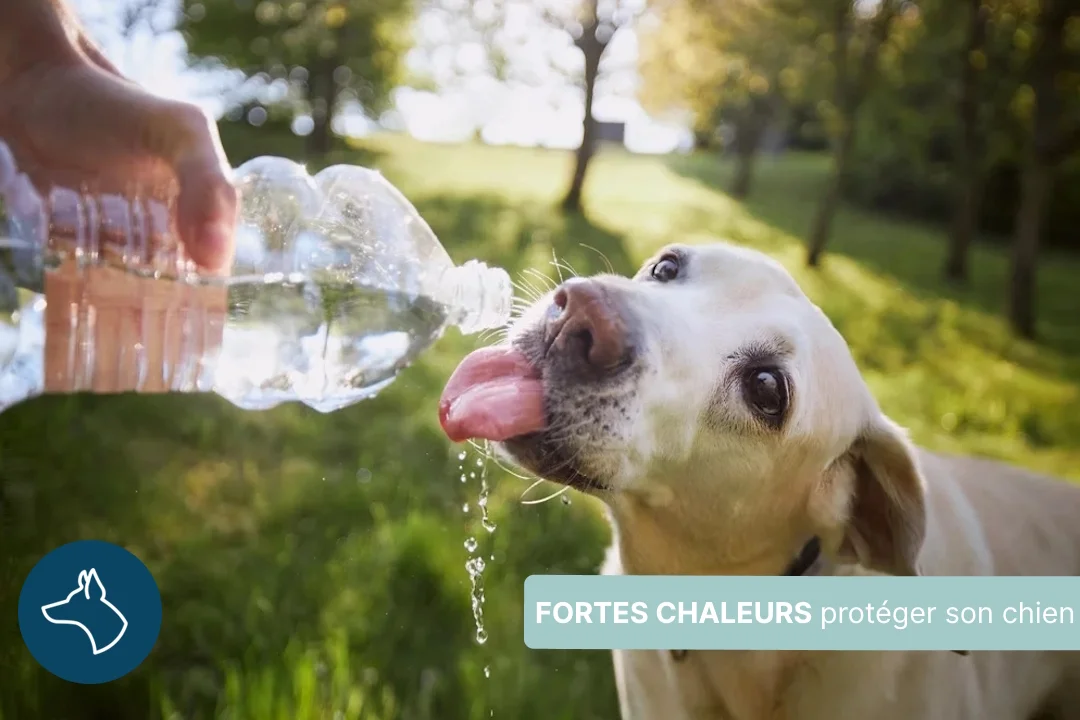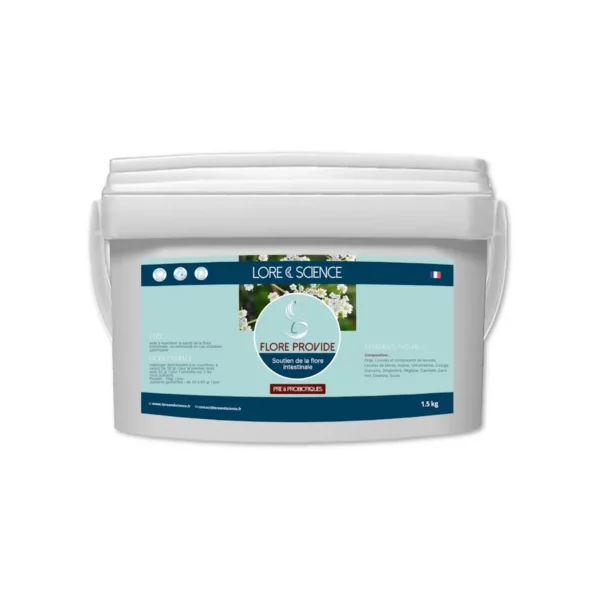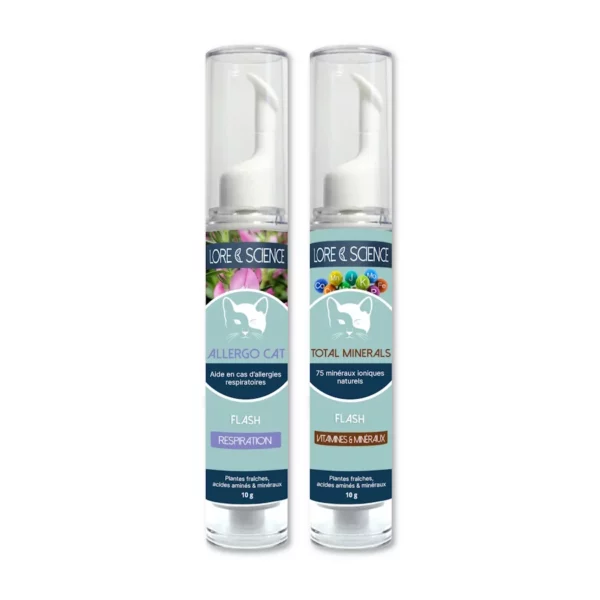Hot weather can be a real challenge for our four-legged friends. Here are a few tips for their well-being
Hot weather can be a real challenge for our four-legged friends. Unlike us, dogs don't sweat to regulate their body temperature; they rely primarily on respiration to cool themselves. If high temperatures are difficult for you, imagine what they can be like for a dog covered in hair and unable to cool down like we do. So how can you help your companion cope with the heat and stay healthy? Lore & Science offers practical solutions to ensure your dog's well-being during heatwaves.
Signs of overheating in dogs
Before discovering how to help your dog cope with the heat, it's vital to recognize the signs of overheating. A dog in thermal distress generally shows :
- rapid breathing or excessive panting,
- lethargy, where the dog refuses to move,
- excessive salivation.
In the most severe cases, vomiting or diarrhea signal heat exhaustion. In these cases, immediate action is required to avoid potentially fatal heatstroke.
Create a fresh, ventilated environment
The first step in protecting your dog from the heat is to provide a cool, well-ventilated environment. This may seem obvious, but it's important to take a few simple steps to make your dog's living space more comfortable. Good ventilation not only helps cool the ambient air, but also reduces humidity, which can exacerbate the feeling of heat.
If your dog spends time outdoors, create shady areas with umbrellas, shelters or trees to protect him from direct sunlight. Shaded ground will also be cooler.
Moisturizing
Essential for preventing heat stroke
Like humans, dogs lose a great deal of water through respiration and perspiration, mainly through their paw pads. So it's imperative to ensure that fresh, clean water is available to them at all times. To encourage regular hydration, multiply watering points by placing several bowls of water in different parts of the house and garden. Change the water frequently to keep it fresh.
To avoid dehydration, we recommend avoiding walks during the hottest part of the day. Instead, go out early in the morning or in the evening, when temperatures are milder.
The coat
The importance of coat clipping
If your dog has a thick or long coat, the heat can be even harder for him to bear. In this case, proper clipping can help him regulate his body temperature better. However, it's important not to shave your dog completely, as his coat also plays a protective role against sunburn and burns. Ask a professional groomer for advice on the best cut for your dog's breed and coat type.
Feeding
Adapt to different temperatures
During hot weather, you may need toadjust your dog's diet. Opt for lighter meals, divided into several small portions throughout the day, rather than one large meal. This reduces the digestive burden and avoids a rise in body temperature.
Certain foods can also help keep your dog hydrated. Water-rich fruits such as watermelon, cucumber or apples can be offered as treats. Make sure, however, that they are suitable for canine diets and contain no seeds or pits.
Respiratory problems in dogs in hot weather
As mentioned earlier, some breeds are particularly sensitive to high temperatures. Brachycephalic (short-nosed) breeds , such as Bulldogs, Boxers, and Shih Tzus, have less efficient breathing, and are therefore more vulnerable to heat. Dogs that are obese, elderly or suffering from chronic illnesses, such as respiratory allergies, also need extra attention.
If your dog suffers from respiratory allergies, it's essential to keep a close eye on his condition during hot weather. Make sure he stays in a cool, well-ventilated environment to minimize the impact of heat on his airways. Limit walks to times when pollen levels are low, so as not to exacerbate his allergic symptoms. For extra support, you can add Respi Plus, a natural supplement formulated with fresh plants and essential oils, to your dog's diet. It promotes healthy breathing, helps your dog tolerate hot weather better and supports recovery after intense exertion.
Heat stroke, first aid procedures
Even with every precaution, it's possible for your dog to suffer from heatstroke. Knowing how to react quickly can make all the difference. If you suspect heatstroke, immediately move your dog to a cool, shady spot. Offer him fresh water, but don't force him to drink if he refuses. You can also wet his coat with cool water, concentrating on areas where blood circulation is important: legs, belly and head.
Avoid using ice water or ice cubes directly on the skin, as this may cause thermal shock. Monitor his condition carefully, and if his symptoms don't improve quickly, contact an emergency vet. Heatstroke can be fatal if not treated in time, so it's crucial not to wait for help.
Conclusion
Summer heat can be a real danger for our four-legged friends. Adequate hydration, a well-ventilated environment, appropriate physical activity, and special attention to dogs with respiratory problems are all keys to preventing the risk of overheating.
Remember that every dog is unique, and his needs may vary according to his breed, age and state of health. When in doubt, always contact your vet.
Share your questions and experiences with us in the comments ↓
















